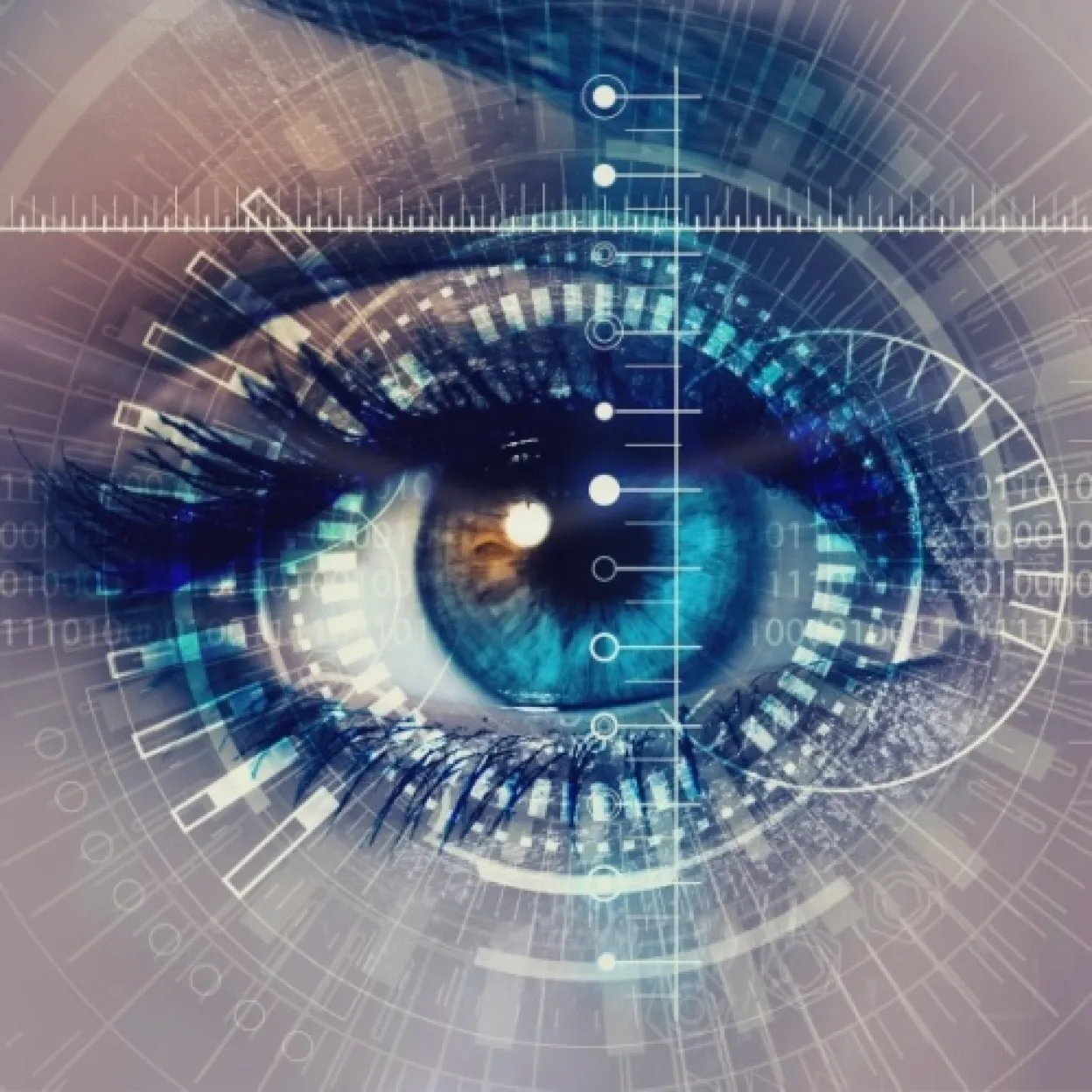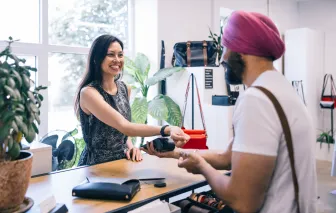Are offline stores disappearing in the age of eCommerce? The traditional store as we know it seems to be becoming a thing of the past. But one walk around NRF Retail’s Big Show this past January and it was clear that stores are not leaving, just changing, as we enter a new era in customer experience possibilities. Retailers that once focused mainly on the best in-store positioning for sales are now focused on creating a conceptual experience for consumers, whereby some don’t even offer in-store sales. Here are the top three trends that Gilles Brabant, Ingenico ePayments Head of Sales, believes we’ll begin to see more of in retail this year:
Trend 1: The concept store increases its experience and brand value
Why not try out your new Nikes on a half basketball court, at Nike’s flagship store in Soho, NYC? Or play around with new gadgets at Samsung 837 in New York City and then go online to buy them?… Whatever the sector, we’re seeing that the in-person stores that are already beginning to shape the future of retail are focusing more on the experience and their point-of-sale function is fading to the background or even disappearing.
These new retail spaces are becoming a focal point within the connected customer journey - one that takes place both online and offline - with the customer being recognized at all touch points within their own brand experience.
Trend 2: Consumers receive simplicity through augmentation, AI and 3D
Simplify purchasing and remove any barriers: these have been ingrained as mottos for all online retailers. Technology that was once cutting-edge and reserved only for innovations teams is now being introduced everywhere. We’re seeing technologies like 3D and augmented reality enter the retail space to create better, simplified, and personalized experiences. 3D allows merchants to demonstrate fully customizable or tailor-made products and offers consumers the opportunity to experience the product before buying. Likewise, Artificial Intelligence is now penetrating every sphere of retail, to optimize the customer experience and augmented reality will soon allow stores to offer customers a glimpse into how the products they are considering will fit in their homes or lives. These technologies were showcased at this year’s #NRF2017 and they are applicable for all kinds of products offered to consumers, not just in the in-store experience but for eCommerce use as well, for example, in native visualization mode in the application.
Trend 3: Payments are the great channel connector
It’s no secret that eCommerce is growing fast, and whether purchases are made on- or offline, most consumers research online before a purchase, demonstrating the blending of the two channels. In fact, a recent study by Deloitte showed that in the US, 60 to 65% of in-store purchases are influenced by digital technologies beforehand.
New ways of fusing and connecting channels and of driving consumers to stores are appearing, such as the “wall of surprises” developed by Think & Go. Concepts such as the Pop-up-store, click-to-brick, Click&Collect and RetailTainment are increasingly engaging consumers using connected objects (be it a smartphone, an Apple Watch, etc.) and conversion rates are on average 4 to 5 times higher than any other Drive-to-Store solution.
Wall of Surprises: a unique connected shopping experience
The most recent innovations in the payment world allow merchants to convert the shoppers into spenders wherever they are. At Ingenico ePayments, we are working with our customers to create exciting, seamless bridges between the physical and the digital worlds and payment is central to that customer journey. Ease of payment and being able to authenticate the customer along the journey facilitates the link between the different channels and allows the customer the possibility of purchasing at whatever touch point he or she chooses.
An example of this is the integration of payments in Messaging Bots: Artificial Intelligence solutions allow for personalized product recommendations that enable the customer to finalize the purchase without leaving the messenger app.
Social commerce / Discover Ingenico payment-enabled chatbot
To extend the example to smart objects, the integration of in-car payments thanks to smart cars, will allow users to pay for their fuel, book a table or even a hotel room within the comfort and ease of their own car.
All in all, it’s clear that we’ve entered 2017 with not only very exciting trends shaping the future of retail, but also of many other sectors. We’re rapidly adapting new technologies which were until recently only seen as futuristic by many, and starting to see these taking form in ways that are enhancing experiences for customers and merchants alike is exciting.










